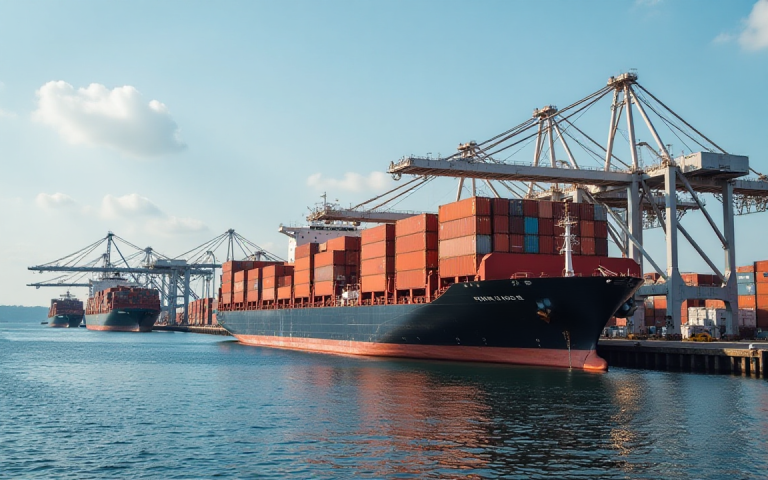Textile exporters from India have been on the hunt for new customers in Europe and offering discounts to existing ones in the US in order to minimise the impact from steep US tariffs of 50%, according to a Reuters report.
In August, US President Donald Trump significantly increased tariffs on Indian imports, imposing some of the highest duties on any trading partner.
This move impacted a broad range of Indian goods and produce, including garments, jewellery, and shrimp, raising concerns about the potential economic repercussions for both countries.
Impact of US tariffs
The decision to double tariffs was part of a larger strategy by the Trump administration to address perceived trade imbalances and protect domestic industries, but it led to considerable strain on the trade relationship between the US and India.
A Mumbai-based garment exporter, revealed that his company’s strategic shift towards diversifying its market presence, according to the report.
The company is actively prioritising expansion into European Union markets.
He expressed optimism that an early trade deal between India and the EU would significantly boost India’s garment shipments, providing a crucial advantage for exporters like his firm.
This proactive approach underscores the industry’s keen interest in leveraging potential trade agreements to unlock new growth opportunities and strengthen India’s position in the global textile landscape.
India-EU trade
Trade discussions between India and the European Union have reached a critical juncture, with both sides intensifying their efforts to finalize a free trade pact by the end of the year.
This ambitious deadline underscores the political will and economic imperative driving these negotiations.
The proposed Free Trade Agreement (FTA) is expected to cover a wide range of sectors, aiming to boost bilateral trade and investment.
Key areas of discussion include tariffs on goods, services trade, intellectual property rights, investment protection, and sustainable development.
Both India and the EU stand to gain significantly from such an agreement.
Mutual benefits and challenges
For India, an FTA with the EU, one of its largest trading partners, would open up new markets for its agricultural products, textiles, and manufactured goods, and attract further European investment.
Conversely, European businesses would benefit from easier access to India’s vast and growing consumer market, as well as reduced tariffs on their exports, including machinery, chemicals, and pharmaceuticals.
The EU is India’s largest trading partner for goods, with two-way trade of $137.5 billion in the fiscal year to March 2024, for an increase of nearly 90% over the past decade.
The EU and India’s two-way trade for goods reached $137.5 billion in the financial year ending March 2024. This was a rise of nearly 90% over the last 10 years.
The EU is India’s largest trading partner for goods.
However, the path to a comprehensive agreement is not without its challenges. Sticking points often arise concerning issues such as market access for certain sensitive products, regulatory convergence, and labor and environmental standards.
Exporters adapt to new realities
Textile exporters indicate that Indian exporters are intensifying their efforts to comply with stricter EU regulations concerning chemicals, product labeling, and ethical sourcing.
Rahul Mehta, chief mentor of the Clothing Manufacturers Association of India, stated that exporters are enhancing their production facilities to comply with these standards.
Mehta further stated that exporters are also eager to lessen their reliance on the US.
In the fiscal year ending March 2025, the US was the top destination for Indian textile and apparel exports.
India’s total exports in this sector were approximately $38 billion, with nearly 29% of that market share attributed to the US.
To retain their US customers, some exporters, such as Mumbai-based Creative Group, have begun offering discounts. According to Creative Group’s chairman, Vijay Kumar Agarwal, 89% of their total shipments are US exports.
Agarwal said if US tariffs persist, the company could lay off 6,000 to 7,000 of its 15,000 employees. He added that after a six-month period, the company might explore relocating production to Oman or neighboring Bangladesh.
The post US tariffs spur Indian textile shift to Europe, FTA hopes rise appeared first on Invezz

